Why a 250ft California cliff crash in a Tesla is NOT a miracle…
A family that crashed off a cliff’s edge in California - and survived - has been hailed a miracle, thanks to their Tesla. But did divine intervention really save four lives, or something far more human?
A family of four in America has ‘miraculously survived’ a horror Thelma and Louise style 250 foot plunge down a notorious Californian cliff along Highway 1.
And according to the mainstream media, the social media experts out there in the comments sections, and even according to one university professor who should know better, it’s all a big miracle, as if Electric Jesus himself reached down from his cloud to save them at the perfect moment.
The cult reckons that it’s also only because they were in a Tesla Model Y that two kids and their parents are alive to tell the story. But is it all scientific illiteracy on a grand scale?
Well, in a word, yeah.
Let me just read directly from NBC News and tell you what one of the more responsible news outlets in America has to say about this amazing event:
a California doctor is alleged to have plunged his family hundreds of feet down a coastal cliff in what authorities have described as a murder attempt.
But their improbable survival is likely because of luck and a well-built vehicle. Experts said Damesh Patel, 41, is accused of barreling a Tesla Model Y off Devil's Slide, a roughly 250 foot cliff 20 miles south of San Francisco on Monday morning, the California Highway Patrol said.
So Damash Patel his wife the two kiddies all alive but hospitalized and in an unknown condition after the crash in this Tesla Model Y, which was understandably totalled - virtually unrecognizable from all of the news footage.
It was a cliff top rescue that started with ground crews and a helicopter came in later to evacuate the adults. My understanding is that the kids were evacuated from the ground whereas the adults who were in worse shape were airlifted out of that situation; the ocean is right next to this terrible cliff which is right up against the road in what can only be described as a cock of a location.
But it’s also scenic, with a road that’s so geologically unstable that in places there are not even guard rails to prevent vehicles with low amounts of energy from rolling off and going down the cliff. So there's a 250-foot drop, that's 76 meters, which is a hell of a long way down - survival is obviously improbable in these circumstances, which is what makes the story so fundamentally reportable.
Check out my report Car crashes: The ghetto physics of life and death >> if you don’t understand what happens when you prang it.
According to Isaac Newton who I consulted extensively in my research for this report, if you step off some 250-foot balcony you will accelerate vertically, in a downward trajectory. Have a guess how fast you will go before you splat on the ground.
According to Mr Newton, 150km/h is going to be your approximate impact speed, and you're going to be airborne for about four seconds. So pretty clearly this kind of thing should be unsurvivable, and yet the media has erupted with headlines that contain one ill-advised word more than any other: ‘Miracle’.
Even a University of Michigan professor of mechanical engineering, specialising in transport, told NBC it was:
“kind of a miracle considering the impact severity”.
I'd suggest that there is absolutely nothing miraculous about this event whatsoever. Here’s why…
My AutoExpert AFFORDABLE ROADSIDE ASSISTANCE PACKAGE
If you’re sick of paying through the neck for roadside assistance I’ve teamed up with 24/7 to offer AutoExpert readers nationwide roadside assistance from just $69 annually, plus there’s NO JOINING FEE
Full details here >>
AutoExpert DISCOUNT OLIGHT TORCHES
These flashlights are awesome. I carry the Olight Warrior Mini 2 every day - it’s tiny, robust, and super useful in the field or in the workshop. Olight is a terrific supporter of AutoExpert.
Use the code AEJC to get a 12% discount >>
Generators suck! Go off-grid with AutoExpert BLUETTI PORTABLE POWER STATIONS
Need mobile, reliable power? If you’re camping, boating, caravanning or building a dirty big shed in the back paddock, and you need to run a refrigerator, lights, air conditioner, cooking, and/or a bunch of tools - Bluetti has a clean, tidy, robust solution…
Get your AutoExpert free shipping discount here: https://bit.ly/3n62heK
THIS CLIFF CRASH WAS GENIUS AT WORK, NOT MIRACULOUS
The mechanism for survival in these crashes is absolutely clear to anybody who paid attention to physics at university. Your survival depends on two or three different things.
What you need is robust structural engineering in the car. That engineering has to prevent you from getting crushed in the course of stopping. So you've got to have a rigid capsule around you that ensures a survivable space for you and the kids while you're going on your journey over the cliff.
The rest of the car this is equally important. The rest of the car needs to sacrifice itself in a controlled way, by absorbing the impact energy in a controlled way, to extend the duration of the collision in the time domain so that the loads on the occupants are reduced (as much as possible).
In this cliff scenario, if you make multiple impacts with the terrain on the way down, that’s going to help because hitting the terrain repeatedly on the way down extends the crash duration, taking energy out of the vehicle. That's the only thing that can ensure your survival, subject to the structural performance of the vehicle around you.
The one thing you can't do is plummet directly down and impact once at the bottom. You can't just walk away from an impact like that - it’s not possible at 150km/h. This is one of the reasons crash testing institutions don’t test full width frontal impacts at 150km/h - because the human body cannot survive that - and because cars cannot survive that.
If your two tonne SUV hits the ground once at 150km/h, nose-first - it’s lights out for everybody.
Upliftingly, the Kool-Aid sipping claims by the faithful in the US and Twitterverse that suggest this is some kind of ‘miracle’, is a complete disregard for the facts.
I will acknowledge that that Tesla also saved their lives and absolute respect is due to Tesla's engineers for getting the engineering right, because that family would not have survived without the cage and the sacrificial part of the structure around them.
But also, without the deadset luck of multiple impacts with the terrain on the way down, it would’ve been a very different outcome.
In the context of Australia, if you're barreling along at 150km/h, which you should not do because it's illegal, if you leave the road and - instead of a sloped cliff with multiple rocky outcrops - it's a 200 year old river red gum: you’re dead. It's all over.
The tree is going to stop the car too rapidly for you to survive. That's just how this works. ANCAP crash tests brand new vehicles that are the epitome of vehicular safety at 35km/h in ‘Pole Test’ designed to simulate hitting that humtree. They don’t do it at 150 clicks.
Hit a gumtree at 110km/h, Australia’s maximum permitted speed limit, everybody dies.
However, in an alternative scenario, if you have the same crash and you just run into a thin patch of saplings and then you hit the big gumtree, you’d have multiple impacts and the net result will be that it will take you longer to stop and therefore the loads on you will be less, and you'll be able to walk away to explain it all to the cops and your insurance company.
Oh, and your family.
Furthermore, I'd suggest that the battery distribution of an electric car also helps in this scenario because when you take an internal combustion car and drive it nose-first off a cliff, it's got a big heavy engine and transmission up the front. There is a high probability of ending up nose-down and snotting something once, and far too hard (fast) to survive.
Whereas with an electric car the mass is low-down and fairly well distributed throughout the wheelbase of the car and that will kind of keep the car more-or-less horizontal and allow it to roll and ensure multiple terrain impacts and therefore be a more survival crash. That's how this works. It's also corroborated by rescuers at the scene.
And just to disprove this idea that it was them being in a Tesla that saved their lives, here’s a very similar cliff crash scenario which took place just a week apart. A Hyundai Elantra landed on its roof after a 300-foot cliff drop.
You can learn more about how electric vehicles handle by watching my in-depth report on EV Modal Separation here >> or listening to my fascinating interview with Kia Australia’s handling dynamics genius Graeme Gambold here >>
And for some wholesome family fun, check out Basic Suspension Dynamics: What is a roll moment? >> It’s a good excuse to learn about how the Scandinavian ‘moost test’ works.

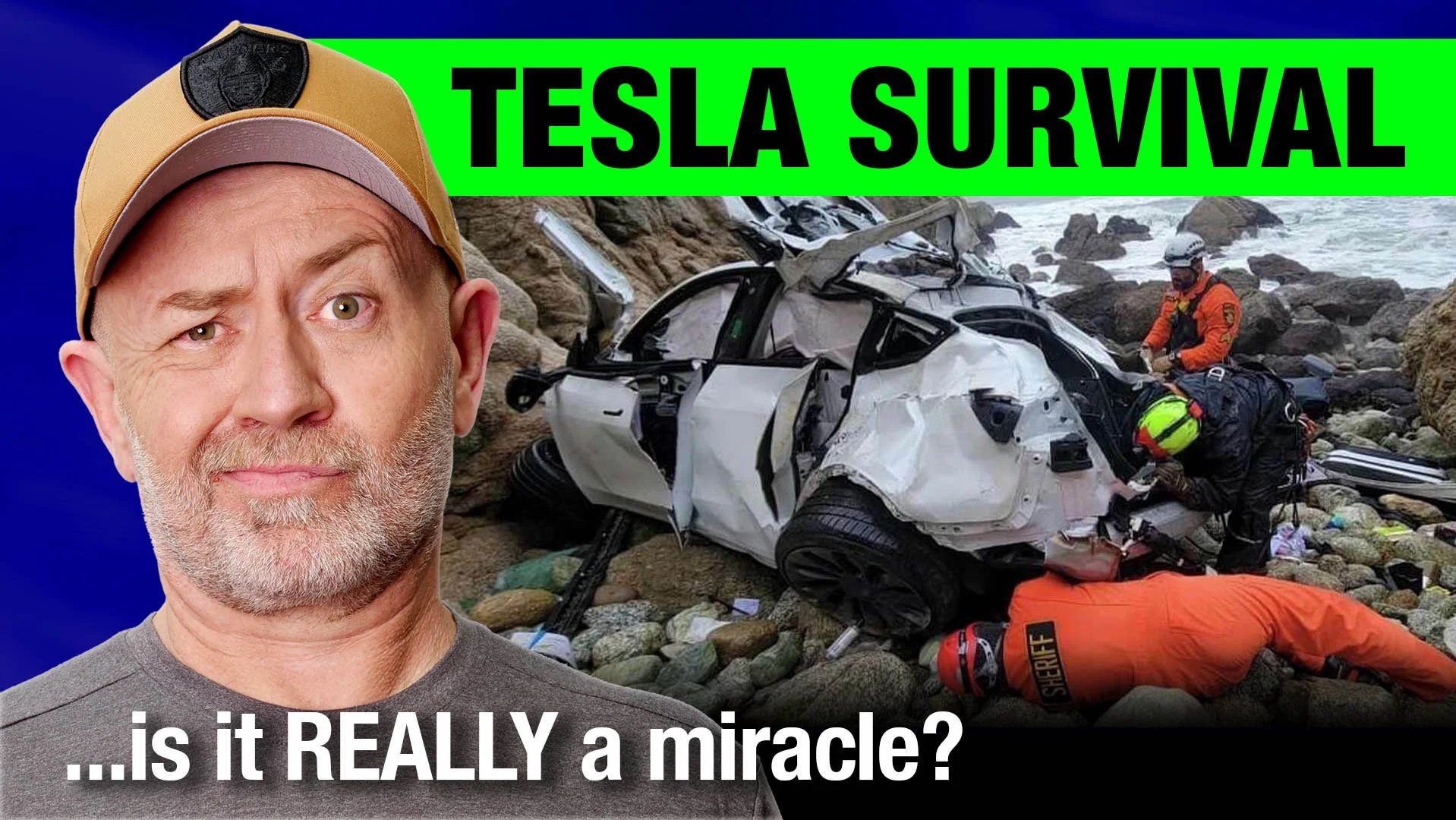








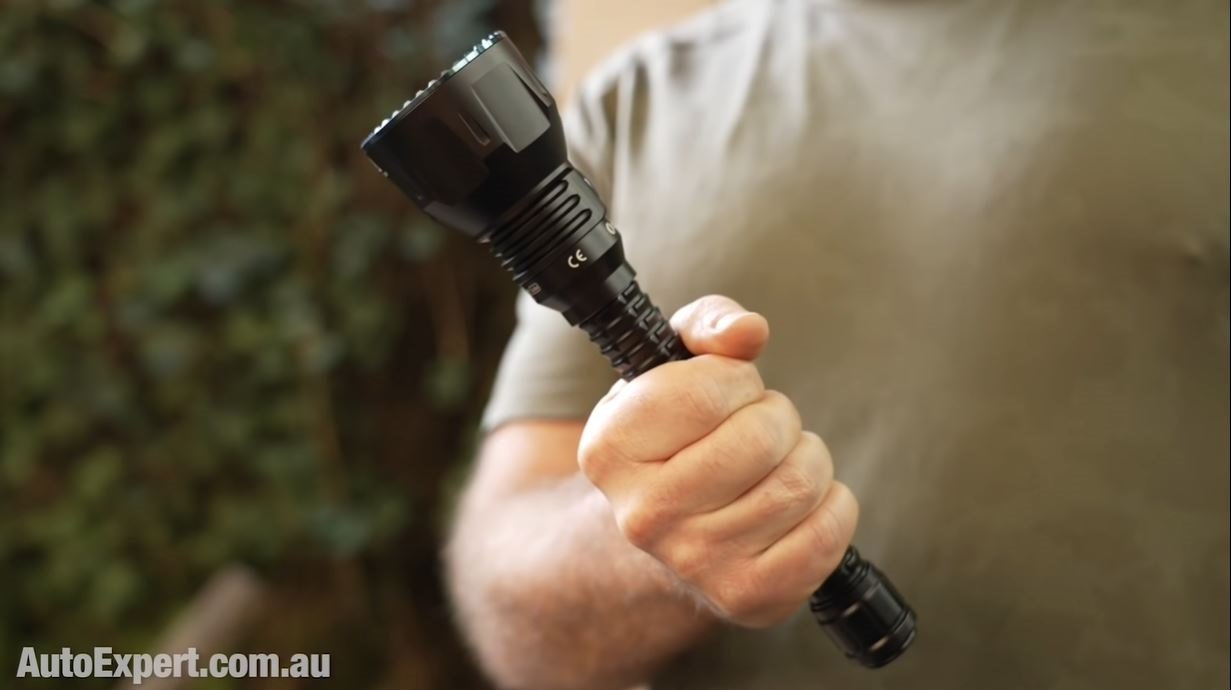
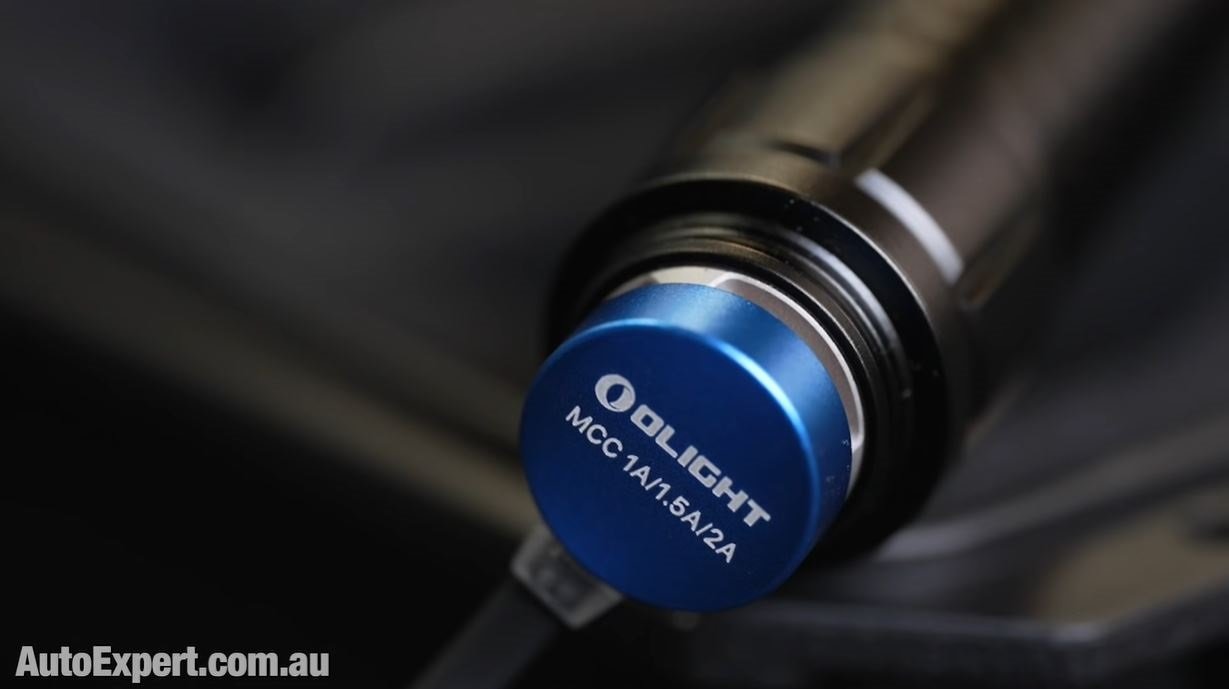
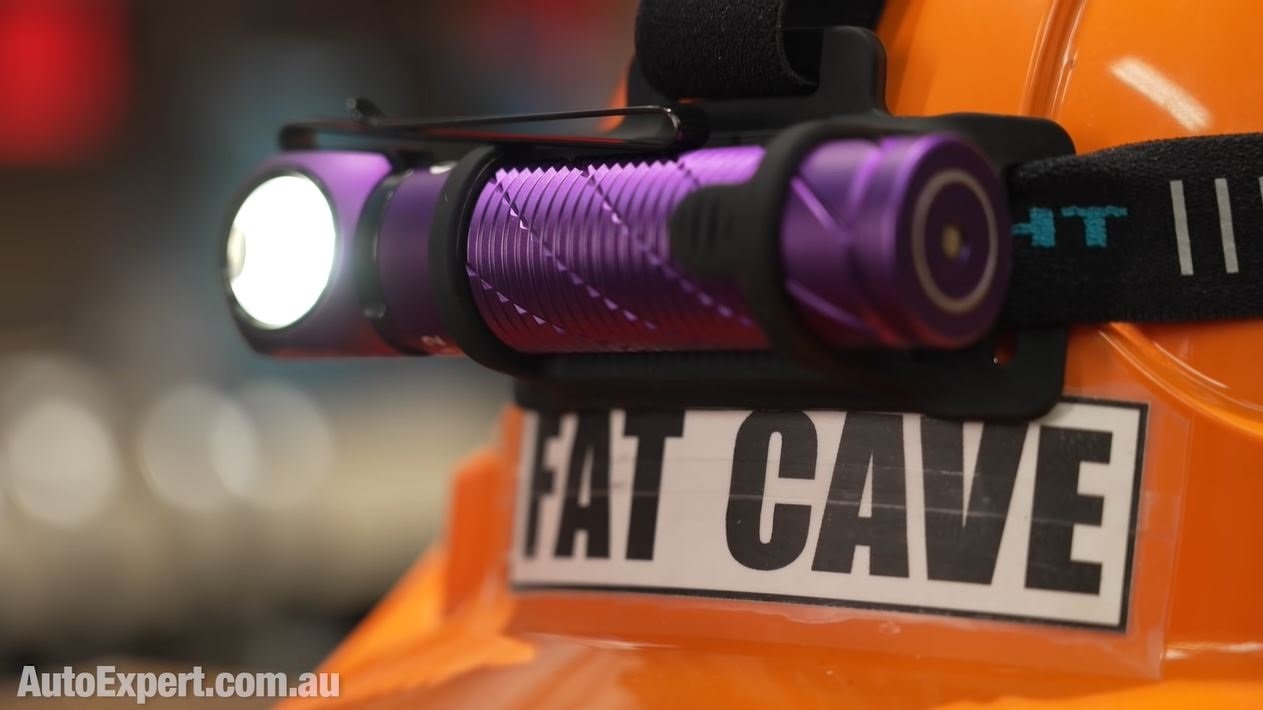
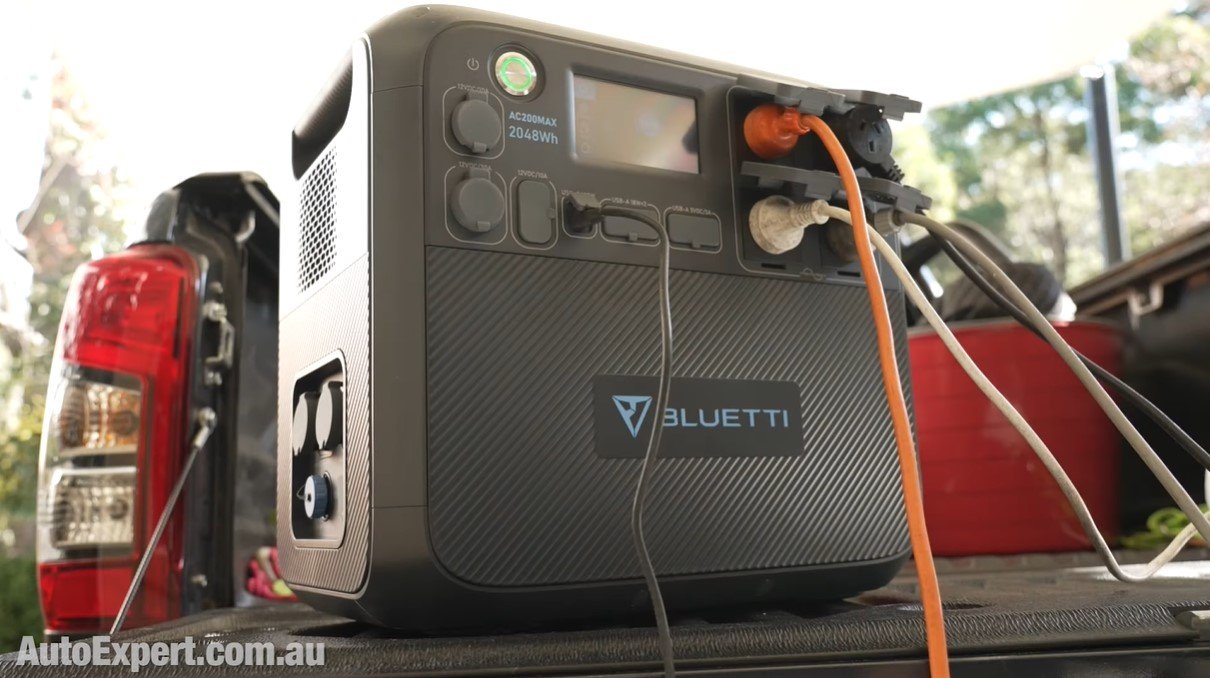

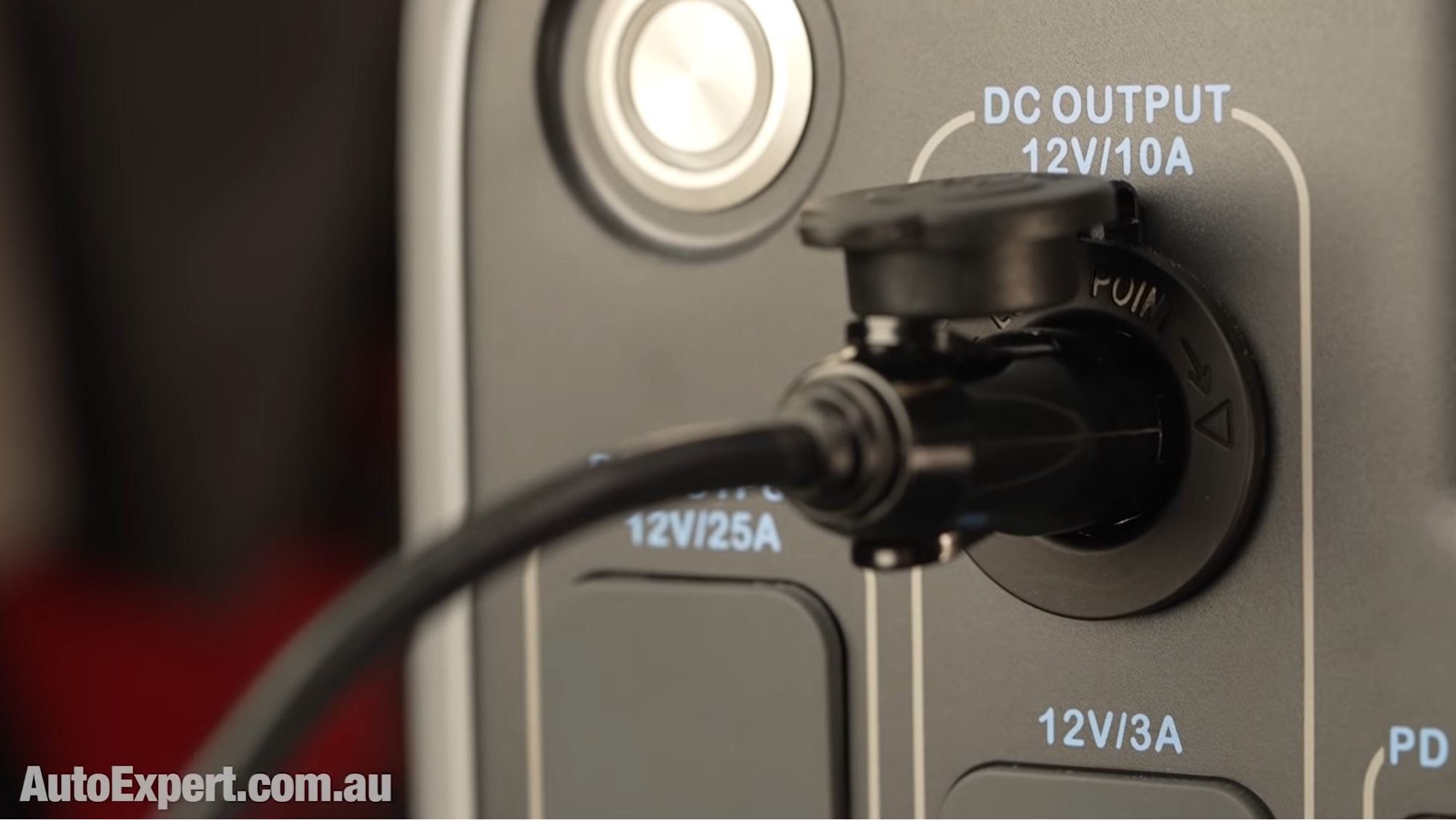


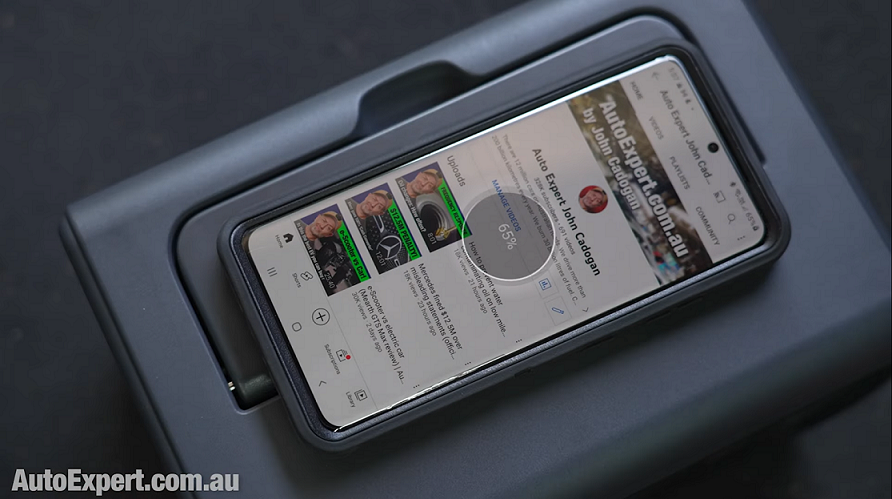
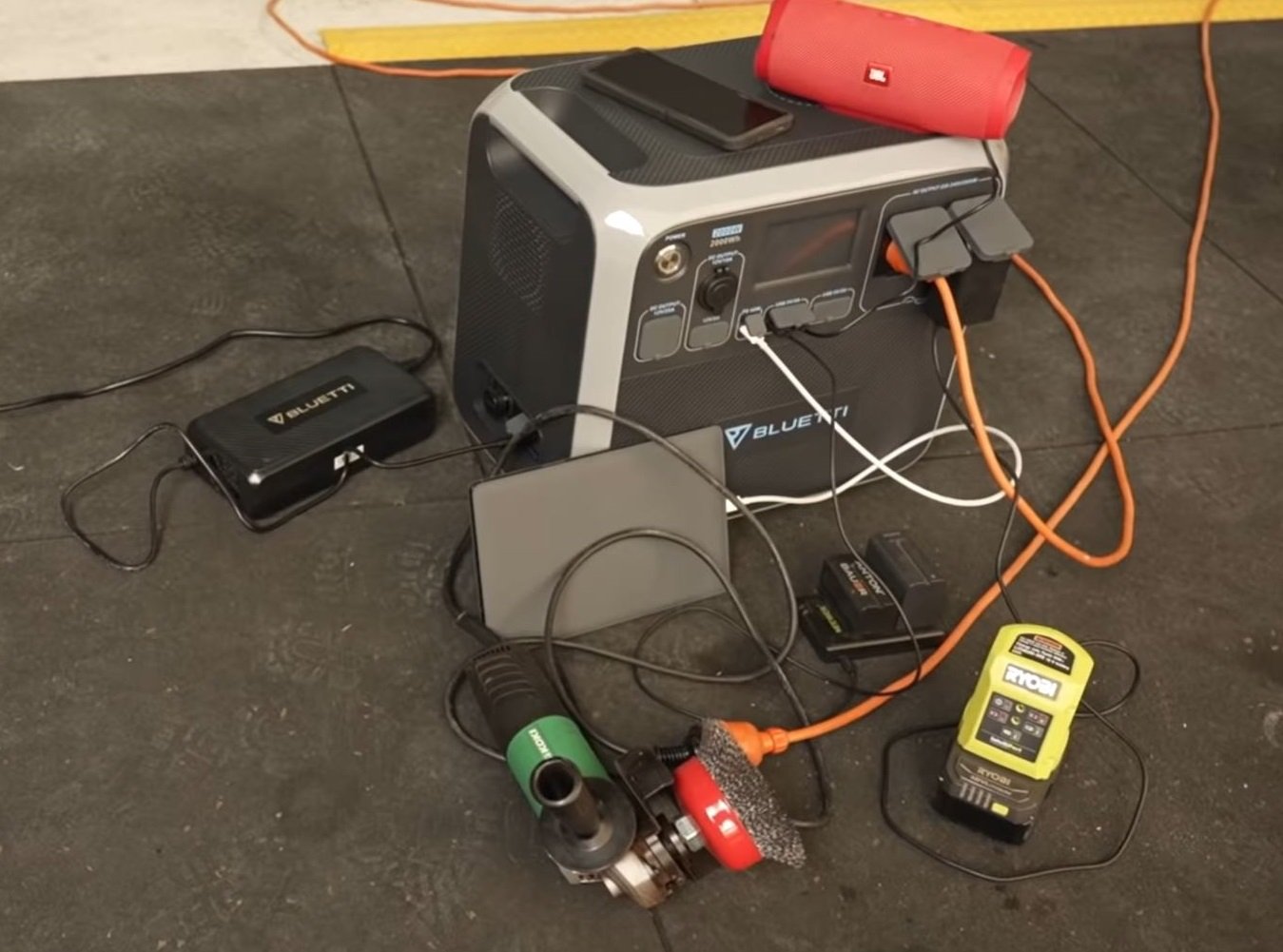















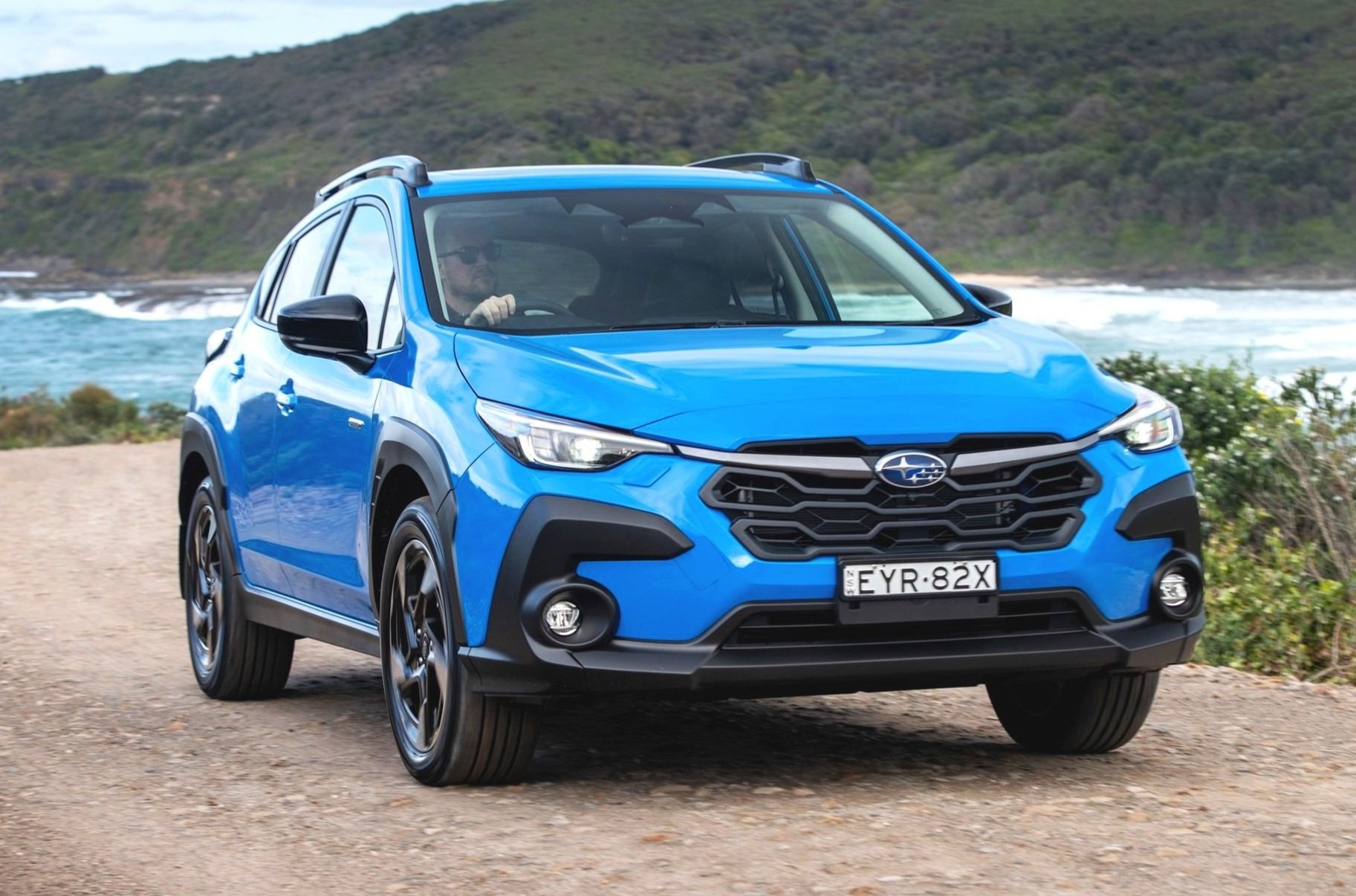




The soft-roading Subaru Forester packs a punch, and is one of the safest, most practical and capable SUVs on sale today. It’s also a great value, nicely driving and popular five-seater - with an all-new version coming soon…